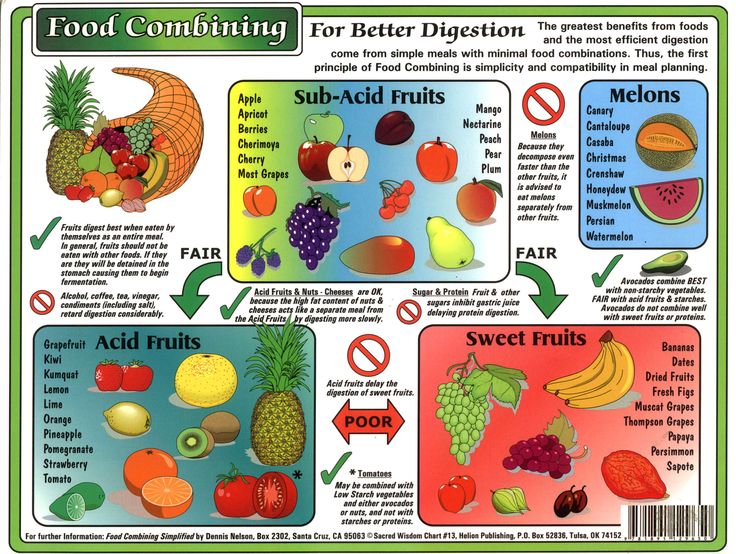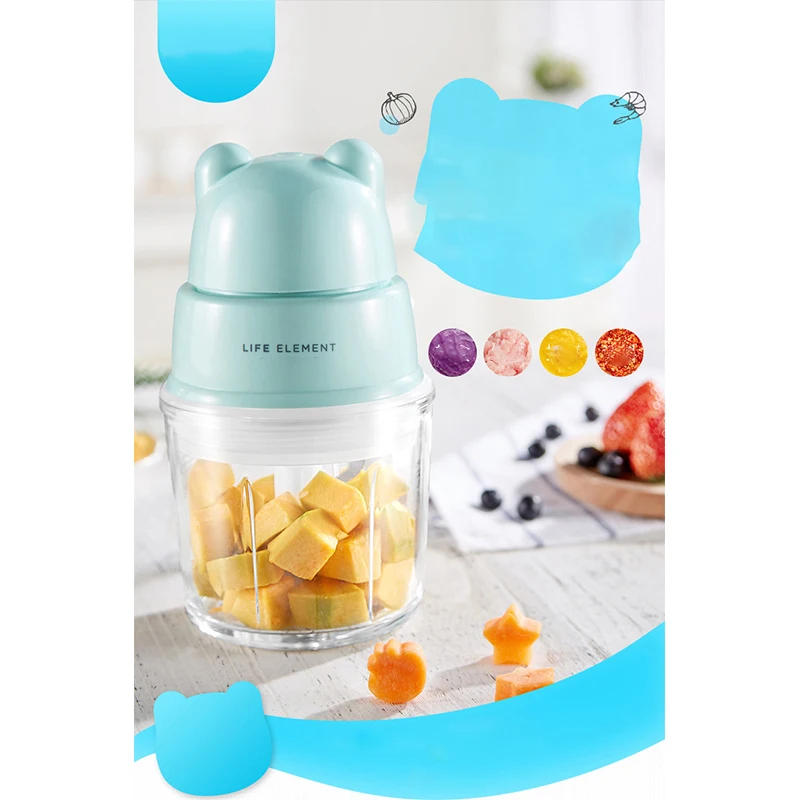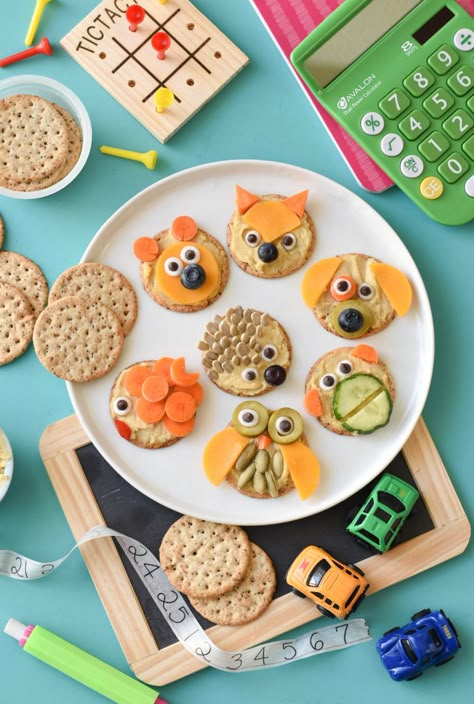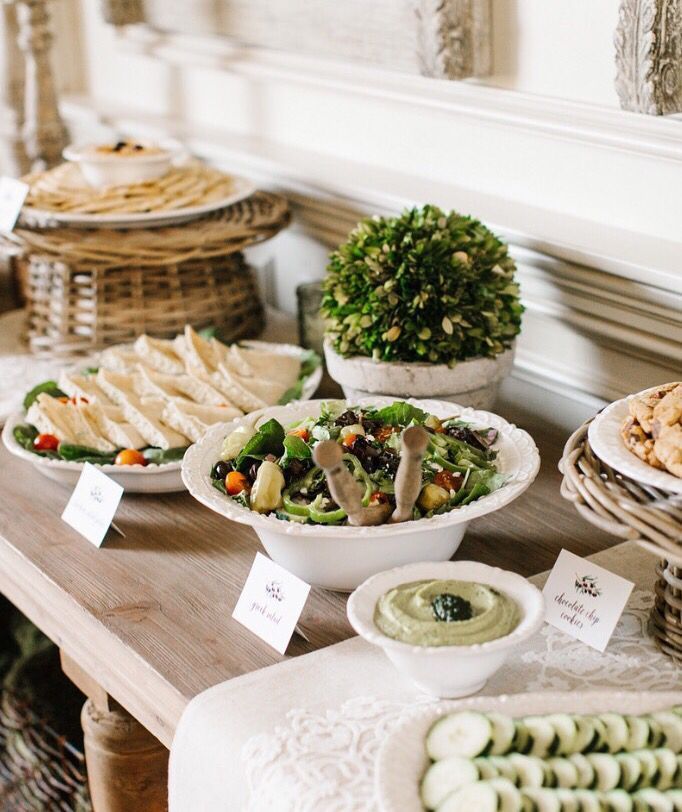Baby food flavor combinations
Best Baby Food Combinations (50 Easy Recipe Ideas + Tips)
Learn this simple approach to making baby food combinations with this master list of ideas. With this post, you’ll always have ideas for easy baby meals that both taste great and are realistic for you to execute…even with a busy schedule!
Baby Food Combinations
Moving from single ingredient baby foods to combinations in stage 2 baby food is such a fun stage of feeding babies because things can get so much more flavorful and interesting! And it means that you can batch cook basic purees and then combine them in so many delicious ways to keep things interesting and nutrition varied.
And while I am not opposed to sometimes buying baby food, each of these ideas is super easy—even if you are very busy. I love to have a stash of these in the freezer to use for quick meals in a pinch. (And to be honest, we still use them in the toddler years as easy ways to offer up veggies!)
TIP: Scroll to the recipe at the end of the post for all of the details, and read through the post for answers to common questions and basics about making baby food combos.
Ingredients in Baby Food Combinations
To make the baby foods in this post, you’ll need basic ingredients (that will obviously vary according to which specific puree you choose). The base purees are made with:
- Apples
- Bananas
- Blueberries
- Butternut Squash
- Carrots
- Mango
- Pear
- Peas
- Spinach
- Sweet Potatoes
TIP: Then, to mix things into combinations, you can add in peanut butter, plain whole milk yogurt, Baby Oatmeal, Baby Rice Cereal, and other purees including those made with beans, chicken, pineapple, avocado, peach, and more.
How to Make Stage 2 Baby Food Combinations Step-by-Step
Here’s a look at the simple process involved in making this sort of stage 2 baby food. Scroll down to the bottom of the recipe for the full information.
- Make your base purees.
- Store or freeze until ready to combine.
- Stir together the purees, adding any optional spices or ingredients, until uniform.
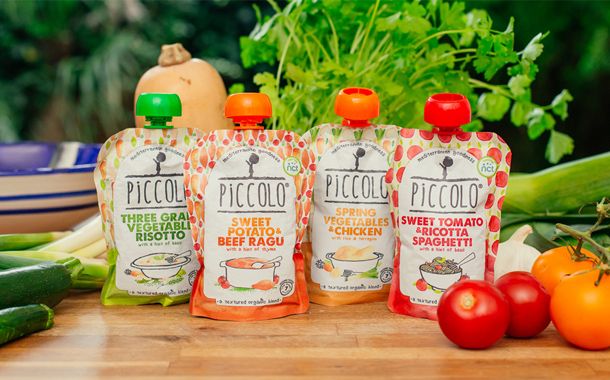
- Serve with a spoon or in a reusable pouch.
TIP: I like to make the single ingredient purees and freeze them, then mix and match frozen cubes of purees into yummy combinations. This ensures that you have flexibility to adjust if baby doesn’t love one combination and that you can change up the flavors you’re offering regularly.
How do you combine baby food?
With the way I do it, you simply make two purees (or one puree if you plan to combine it with something like yogurt or oatmeal) and mix them together. You can really do any combinations that sound good to you. I have 10 base purees and 5 easy combination ideas for you to get started, but then you can totally run with it!
Best Baby Food Containers
For storing baby food, I like these Wean Green Storage Cubes (they are glass and are insanely durable—I’ve been using the same set for 8 years), these Beaba Clip Containers, and these Wee Sprout Containers. My go-to reusable pouches include this silicone one from Squeasy Gear and these Wee Sprouts BPA-free plastic ones.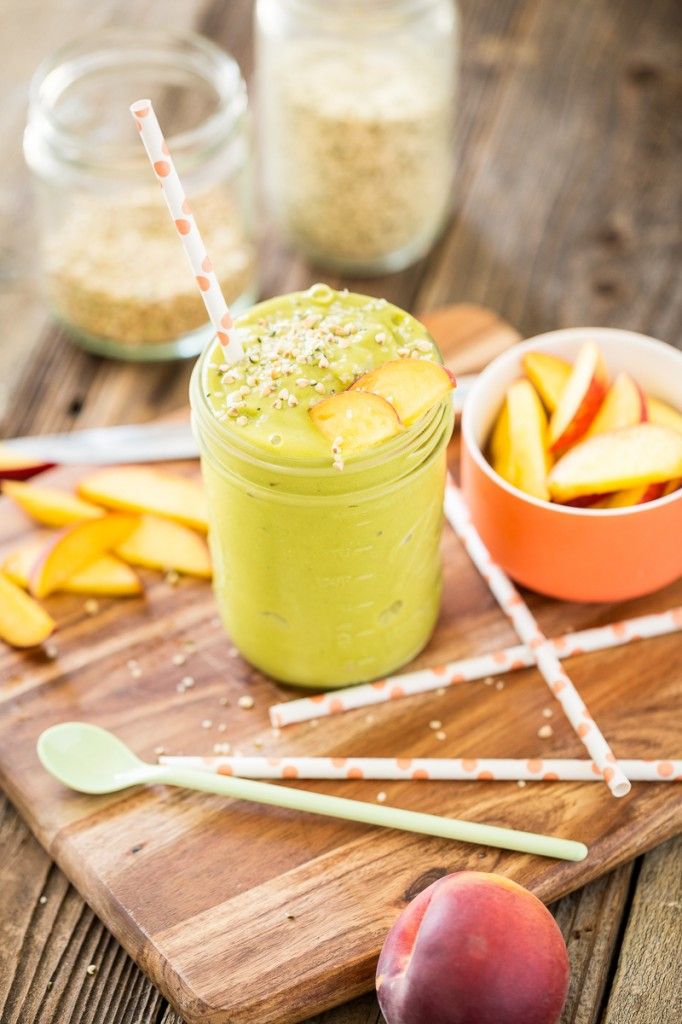 (I prefer the 3 ounce size for babies in both pouch options.)
(I prefer the 3 ounce size for babies in both pouch options.)
Apple Baby Food Ideas
Once you make basic Apple Puree, you can combine it with so many yummy flavors!
- + plain whole milk yogurt = Apple Yogurt
- + Baby Oatmeal = Apple Oatmeal
- + Spinach Puree = Apple Spinach Baby Food
- + Carrot Puree = Apple Carrot Baby Food
- + Butternut Squash Puree = Apple Squash Baby food
Banana Baby Food Ideas
Try these easy combinations that start with Banana Puree.
- + Peanut Butter Puree = Banana Peanut Butter Baby Food
- + plain whole milk yogurt = Banana Yogurt
- + Baby Oatmeal + Banana Oatmeal
- + Bean Puree = Banana Bean Puree
- + Avocado Puree + Banana Avocado Puree
Baby Food Combinations with Blueberries
Start with Blueberry Puree, then transform it into these fun flavors.
- + plain whole milk yogurt = Blueberry yogurt
- + Baby Oatmeal = Blueberry Oatmeal
- + Banana Puree = Blueberry Banana Puree
- + Mango Puree = Blueberry Mango Puree
- + Peach Puree = Blueberry Peach Puree
Baby Food Combinations with Butternut Squash
Smooth Butternut Squash Puree is a great base as it’s rich in nutrients and has a naturally mild flavor.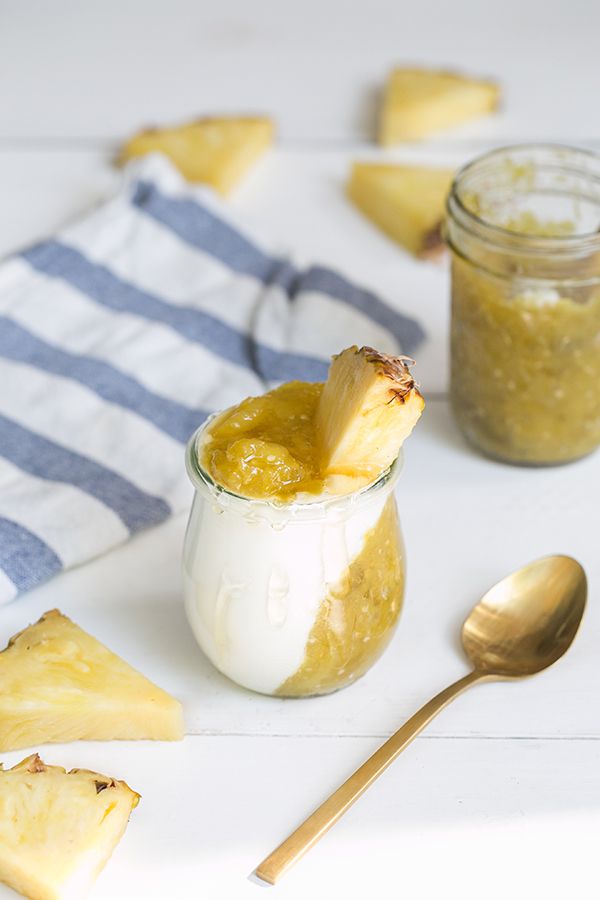 (Any of these would be great with a tiny pinch of cinnamon.)
(Any of these would be great with a tiny pinch of cinnamon.)
- + Pear Puree = Squash Pear Puree
- + Bean Puree = Squash Bean Puree
- + Banana Puree = Squash Banana Puree
- + Applesauce = Squash Apple Puree
- + plain whole milk yogurt = Squash Yogurt
Baby Food Combinations with Carrots
Start with Carrot Puree, then add in new flavors!
- + Apple Puree + Sweet Potato Puree = Carrot Apple Sweet Potato Puree
- + Pear Puree + Sweet Potato Puree = Carrot Pear Sweet Potato Puree
- + Banana Puree = Carrot Banana Baby Food
- + Quinoa Baby Food = Carrot Quinoa Baby Food
- + Bean Puree = Carrot Bean Puree
Baby Food Combinations with Mango
Mango Puree is a cinch to make and is so intensely flavorful—which makes it play really well with other purees!
- + plain whole milk yogurt = Mango Yogurt
- + Baby Oatmeal = Mango Oatmeal
- + Banana Puree = Mango Banana Puree
- + Avocado Puree = Mango Avocado Puree
- + Peach Puree = Mango Peach Puree
Pear Baby Food Combinations
Ripe pears make delicious Pear Baby Food that freezes and combines well.
- + Avocado Puree = Pear Avocado Puree
- + Baby Oatmeal + Cinnamon = Pear Cinnamon Oatmeal
- + Banana Puree = Pear Banana Puree
- + Pea Puree = Pear Pee Puree
- + Carrot Puree = Pear Carrot Puree
Baby Food Combinations with Peas
Keep a bag of frozen peas in the freezer and homemade Pea Puree is just minutes away. Then try:
- + Apple Puree = Pea Apple Puree
- + Pear Puree = Pea Pear Puree
- + Mango Puree = Pea Mango Puree
- + Banana Puree = Pea Banana Baby Food
- + Pineapple Puree = Pea Pineapple Puree
Baby Food Combinations with Spinach
My Spinach Baby food already has peas in it (to ensure it’s smooth and mellow in flavor). You can also combine it with:
- + Apple Puree = Spinach Apple Puree
- + Pear Puree = Spinach Pear Puree
- + plain whole milk yogurt = Savory Spinach Yogurt
- + Quinoa Baby Food and pinch Parmesan cheese = Spinach Parmesan Quinoa
- + Bean Puree = Spinach Bean Puree
Sweet Potato Baby Food Ideas
Start with a batch of Sweet Potato Baby Food and then try these yummy options:
- + Chicken Puree = Sweet Potato Chicken Baby Food
- + Bean Puree = Sweet Potato Bean Puree
- + Applesauce = Sweet Potato Applesauce
- + Carrot Puree + Cinnamon = Cinnamon Sweet Potato Carrot Puree
- + Bean Puree + Cumin = Mexican Sweet Potato Bean Puree
How to Store Baby Food—and Send it to Daycare
I prefer to freeze batches of baby food in a silicone ice cube tray overnight, transfer it to a zip top freezer bag, then store it until I’m ready to serve or combine it.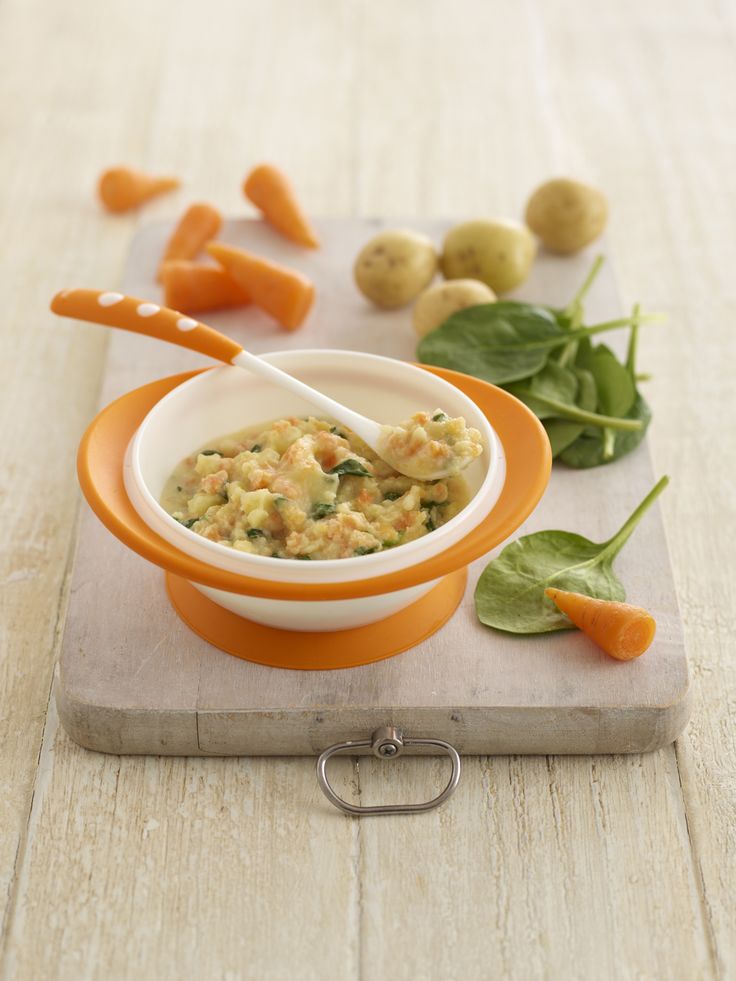 You can then mix and match from the single ingredient purees you have in the freezer by adding a cube or two of two purees to a container. If you do that the night before you plan to serve the food, it will thaw and be ready to stir together.
You can then mix and match from the single ingredient purees you have in the freezer by adding a cube or two of two purees to a container. If you do that the night before you plan to serve the food, it will thaw and be ready to stir together.
This makes it easy to batch cook and have a lot of option to feed baby at home or at daycare.
Tips for Making the Best Baby Food Combinations (Stage 2 & Stage 3)
- These Stage 2 baby foods are great to introduce after baby has started solids with single ingredient baby foods.
- For a 6 month old baby, 1-2 tablespoons baby food may be plenty for a single serving. For a 9 month old baby, they might want ¼ cup or more.
- Adjust the servings based on your child’s hunger, using a roughly one to one ratio of the purees in each combination.
- Read more about the differences in Baby Food Stages here.
- Find my best tips for Baby Food Storage here.
- Add in a little mashed avocado, coconut oil, or Prune Puree to help with baby constipation.
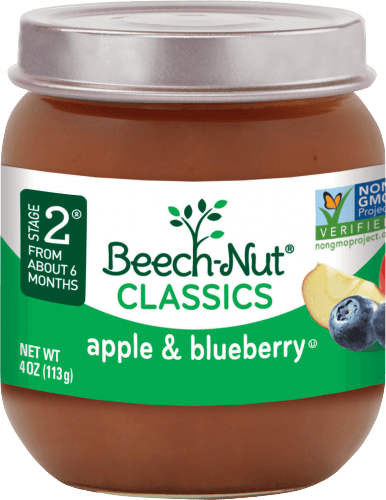
- Serve with a spoon or in a reusable pouch.
I’d love to hear your feedback on these ideas, so please comment and rate the recipe ideas below! I appreciate all of your comments so much.
Prep Time 15 minutes
Cook Time 10 minutes
Total Time 25 minutes
Author Amy Palanjian
Cuisine American
Course Baby Food
Calories 5kcal
Servings 6
1-2 tablespoons Butternut Squash Puree and with one of the following
- ▢ 1-2 tablespoons Pear Puree
- ▢ 1-2 tablespoons Bean Puree
- ▢ 1-2 tablespoons Banana Puree
- ▢ 1-2 tablespoons Applesauce
- ▢ 1-2 tablespoons plain whole milk yogurt
1-2 tablespoons Spinach Puree and one of the following:
- ▢ 1-2 tablespoons Apple Puree
- ▢ 1-2 tablespoons Pear Puree
- ▢ 1-2 tablespoons plain whole milk yogurt
- ▢ 1-2 tablespoons Quinoa Baby Food and pinch Parmesan cheese
- ▢ 1-2 tablespoons Bean Puree
1-2 tablespoons Sweet Potato Puree and one of the following:
- ▢ 1-2 tablespoons Chicken Puree
- ▢ 1-2 tablespoons Bean Puree
- ▢ 1-2 tablespoons Applesauce
- ▢ 1-2 tablespoons Carrot Puree and pinch cinnamon
- ▢ 1-2 tablespoons Bean Puree and pinch cumin
Prepare each puree.
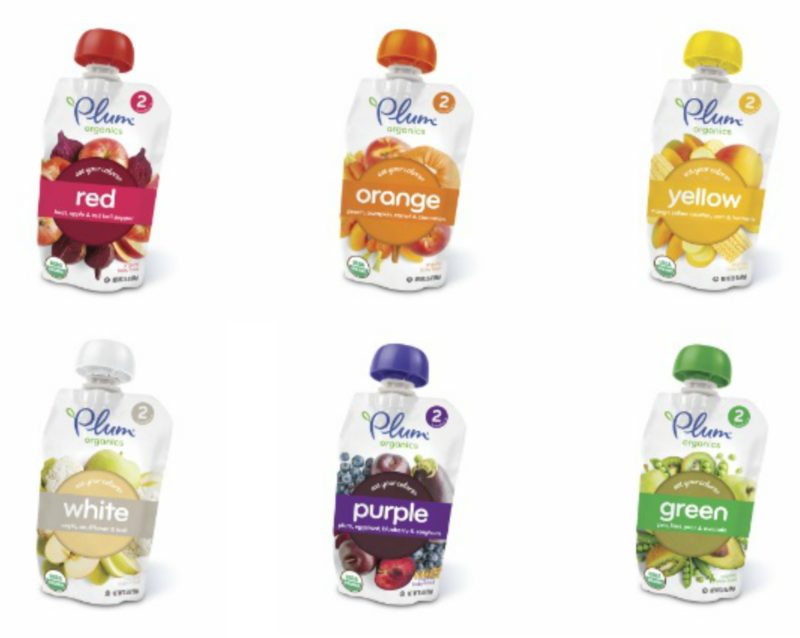 Freeze in a silicone ice cube tray, transferring the cubes to a freezer bag once solid, or store in the refrigerator as needed.
Freeze in a silicone ice cube tray, transferring the cubes to a freezer bag once solid, or store in the refrigerator as needed.Place roughly equal amounts of the two (or more) purees you plan to combine into a bowl. Stir together. (If the purees are frozen, place a cube or two of each into a bowl or storage container. the night before you plan to serve and let thaw overnight in the fridge before stirring together. Or thaw at room temperature for about 2 hours.)
Serve or store for later.
Mixing Bowl
Reusable Pouch
Silicone Ice Cube Tray
- Taste the purees and add more of a sweeter one if needed.
- Add small pinches of spices like cinnamon, ground ginger, and cumin to add flavor.
- Add small pinches of ground flaxseed to add healthy fats.
- Serve with a baby spoon or in a reusable pouch.
- Pack for daycare if needed in small airtight containers.
- Serve cold or warm just slightly.
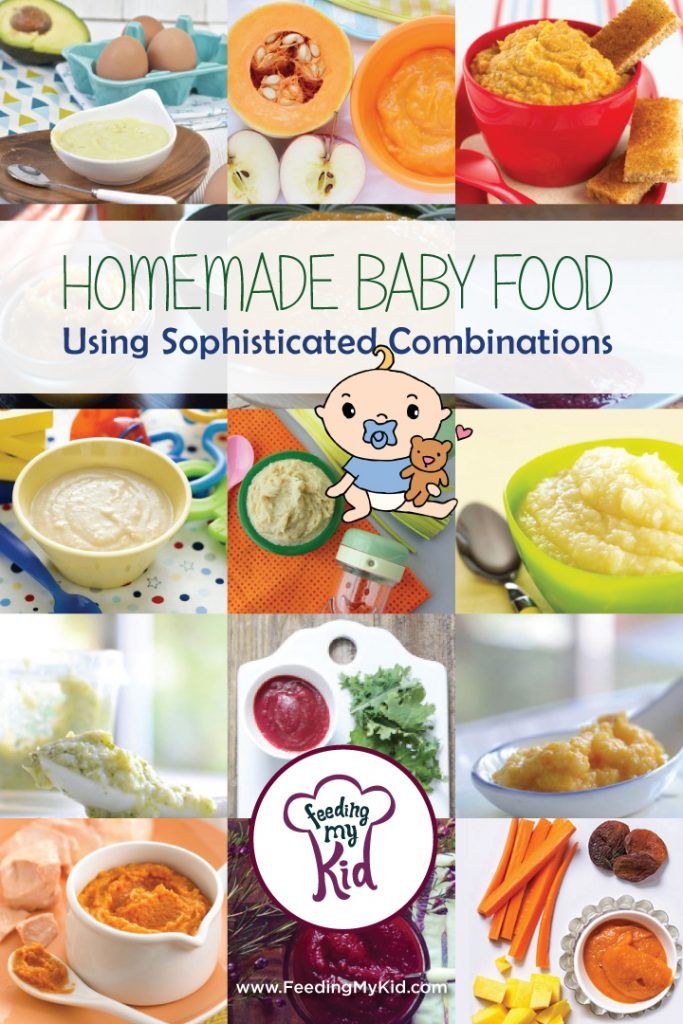
- If. baby has a dairy intolerance, use a nondairy, unsweetened nondairy yogurt.
- If baby has a nut allergy, use a nut-free alternative that's unsweetened such as Sunbutter.
Calories: 5kcal, Carbohydrates: 1g, Protein: 1g, Fat: 1g, Saturated Fat: 1g, Polyunsaturated Fat: 1g, Monounsaturated Fat: 1g, Cholesterol: 1mg, Sodium: 2mg, Potassium: 11mg, Fiber: 1g, Sugar: 1g, Vitamin A: 30IU, Vitamin C: 1mg, Calcium: 5mg, Iron: 1mg
Tried this recipe?Rate in the comments and tag @yummytoddlerfood on IG!
6 Baby Food Combinations (Stage 2)
6 easy and tasty baby food combination recipes: Sweet Potato Apple, Asparagus Apple, Blueberry Banana Quinoa Flax, Peach Pear, Avocado Peach Pineapple Kale and Pineapple Mango.
Earlier this week I shared a recipe for carrot baby food, which is a great first food for babies. Today I’m sharing 6 baby food combinations that work for babies who are a little older, around 6-8 months. The combos I’m sharing are mostly fruit and vegetables, but there is one combo with quinoa and flaxseed as well. All of these combos have been taste-tested and approved by Olivia. She gobbled up each of them!
The combos I’m sharing are mostly fruit and vegetables, but there is one combo with quinoa and flaxseed as well. All of these combos have been taste-tested and approved by Olivia. She gobbled up each of them!
Baby not ready for stage 2? I’ve got a collection of 10 baby food purees for stage 1 eaters!
The recipes I’m sharing here are just to give you some ideas of how to make different baby food combos, but there are so many other combos you can make – the options are endless and it’s fun to get creative!
Just last week I made a new combo inspired by carrot cake with steamed carrots, pineapple, ginger, nutmeg and cinnamon. I’ve also been making Olivia peanut butter banana oatmeal (with quick oats) and chia pudding made with breast milk. She loves both!
I haven’t introduced Olivia to meat, but we’ve given her eggs and I’m hoping to have her try meat soon. I’ll likely start with salmon since it’s packed with so many nutrients. Fingers crossed she likes it!
How to Make a Fruit or Veggie Puree
Alight, so let’s cover the basics first… how to make a basic baby food puree with fruit or veggies.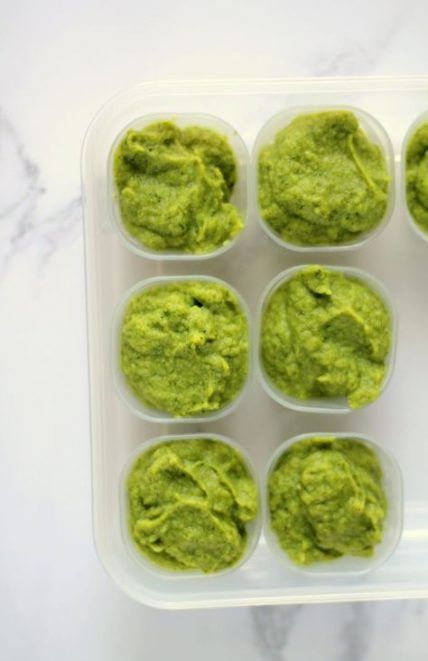 It’s actually really easy. That said, if you’re brand new to making baby food purees it might be helpful to review my homemade carrot puree or sweet potato puree recipe. Here’s the basic process:
It’s actually really easy. That said, if you’re brand new to making baby food purees it might be helpful to review my homemade carrot puree or sweet potato puree recipe. Here’s the basic process:
- Prep: wash the fruit/veggies with water. Peel and chop into smaller pieces. Some fruits and veggies don’t need to be peeled because once they’re cooked the peel will come right off.
- Cook: cook the fruit/veggies by steaming, boiling or roasting. You’ll know it’s done when the veggies are soft and tender. I like to use a fork to test this. If it goes in really easily, I know it’s done. Let cool and peel (if you waited to peel).
- Blend: place cooked fruit/veggies into a blender or food processor and blend until smooth (or the consistency you desire), adding liquid (water, breast milk or formula) as needed.
Do You Need to Steam Fruits and Veggies for Baby?
It’s recommended that most fruits and veggies are steamed (or cooked) before serving until baby reaches around 8 months of age. Some foods require cooking (like apples and sweet potatoes), just so they’re soft enough to puree. For softer foods (like a ripe peach or blueberries) steaming/cooking is optional, but helpful for babies 6-8 months of age because cooking makes the food easier to digest and baby will able to absorb more nutrients from the food. As you’ll see in my recipes below, I like to use a steamer basket to steam most of my fruit and veggies before pureeing.
Some foods require cooking (like apples and sweet potatoes), just so they’re soft enough to puree. For softer foods (like a ripe peach or blueberries) steaming/cooking is optional, but helpful for babies 6-8 months of age because cooking makes the food easier to digest and baby will able to absorb more nutrients from the food. As you’ll see in my recipes below, I like to use a steamer basket to steam most of my fruit and veggies before pureeing.
Bananas and Avocado
Bananas and avocado are the exception and they are great options to have on hand because you can easily just mash, thin with liquid (if needed) and serve.
How to Make Baby Food Combinations
For all of these combination recipes, I steamed each fruit/veggie separately and then made the combos using the measurements I share in the recipes. I did it this way because I was batching all of these combos at once and I’m only able to fit so much in one pot, but also because the steam time varies for most fruits and veggies (see below). Of course, you will find some recipes (on other sites) that involve cooking the items that are combined all together, but I found it easier just to steam all of my ingredients separately, measure and then blend them together. Do what feels easiest for you!
Of course, you will find some recipes (on other sites) that involve cooking the items that are combined all together, but I found it easier just to steam all of my ingredients separately, measure and then blend them together. Do what feels easiest for you!
How to Blend Baby Food
Once your fruit/veggies are cooked, it’s time to blend. For this you can use a blender, food processor or even an immersion blender. I’ve been using my Vitamix and LOVE it for making baby food because it’s really powerful and makes the blends so smooth and creamy. Some foods don’t need to be blended for babies who are okay with a more chunky texture. You can simply mash them well with a fork.
Peeling the Fruit and Veggies
I highly recommend peeling your fruits and veggies because peeling results in smoother purees and makes the food easier for baby to digest. Some foods, like carrots, should be peeled before cooking, but other foods like sweet potato, apples, peaches and pears tend to have skin that peels right off after steaming. Ultimately it’s up to you whether you want to peel the fruit/veggies before or after steaming. Test it both ways and decide which option is easier for you. I’m team peel after steaming!
Ultimately it’s up to you whether you want to peel the fruit/veggies before or after steaming. Test it both ways and decide which option is easier for you. I’m team peel after steaming!
- 1 avocado
- 1 bunch of kale
- 1 sweet potato
- 1 bunch asparagus
- 1 banana
- 2 apples
- 2 pears
- 4 peaches
- 1 pint blueberries
- 1 pineapple
- 1 mango
- quinoa
- ground flax
Steaming Time For the Fruits and Veggies
As I mentioned above, it’s recommended that most fruits and veggies (even soft ones) are steamed (or cooked) before serving babies who are 6-8 months. If your baby is older you can experiment with using fresh blueberries, peaches, pears, pineapple and mango that hasn’t been steamed, so long as the fruit is ripe and soft. I actually used fresh blueberries when making the blueberry banana quinoa flax combo.
- Sweet potato: 12-15 minutes
- Apple: 10-12 minutes
- Asparagus: 7-13 minutes
- Blueberries: 5-10 minutes
- Peach: 2-4 minutes
- Pear: 10-12 minutes
- Pineapple: 5-10 minutes
- Mango: 5-10 minutes
Frozen fruit and veggies also work for these recipes.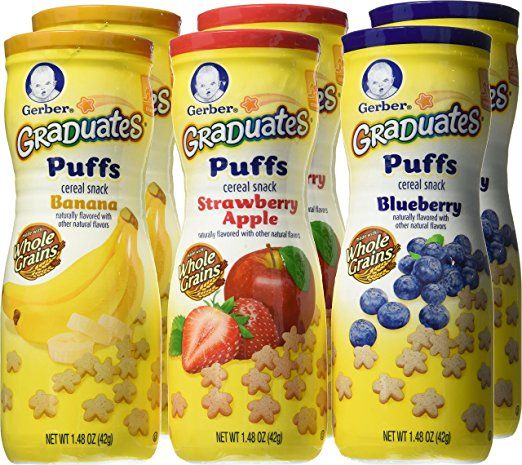 You’ll likely just need to steam them a bit longer.
You’ll likely just need to steam them a bit longer.
6 Easy Baby Food Combinations
Here are six different baby food combinations. I’ve listed them in order of the level of complexity from the least complex (peach pear) to most complex (blueberry banana quinoa and flax).
Peach PearIngredients: 2 steamed and peeled pears and 3 steamed and peeled peaches + water or breast milk to thin (if needed)
Asparagus AppleIngredients: 1 bunch of steamed asparagus, 1 steamed and peeled apple + water or breast milk to thin
Sweet Potato Apple CinnamonIngredients: 1 steamed and peeled sweet potato, 1 steamed and peeled apple, pinch of cinnamon + water or breast milk to thin
Avocado Peach Pineapple KaleIngredients: 1 avocado, 1 steamed and peeled peach, 1/2 cup steamed pineapple and 1/2 cup of steamed kale + water or breast milk to thin (if needed)
Pineapple MangoIngredients: 1 cup steamed pineapple + 1 cup steamed mango + water or breast milk to thin (if needed)
Blueberry Banana Quinoa Flax
Ingredients: 1 pint steamed blueberries, 1/2 cup cooked quinoa, 1 ripe banana, 2 Tablespoons of ground flaxseed + water or breast milk to thin (if needed)
How to Store Homemade Baby Food
Once you have the baby food blended to the consistency you want, let the mixture cool and then transfer into BPA-free storage containers or into an ice cube tray.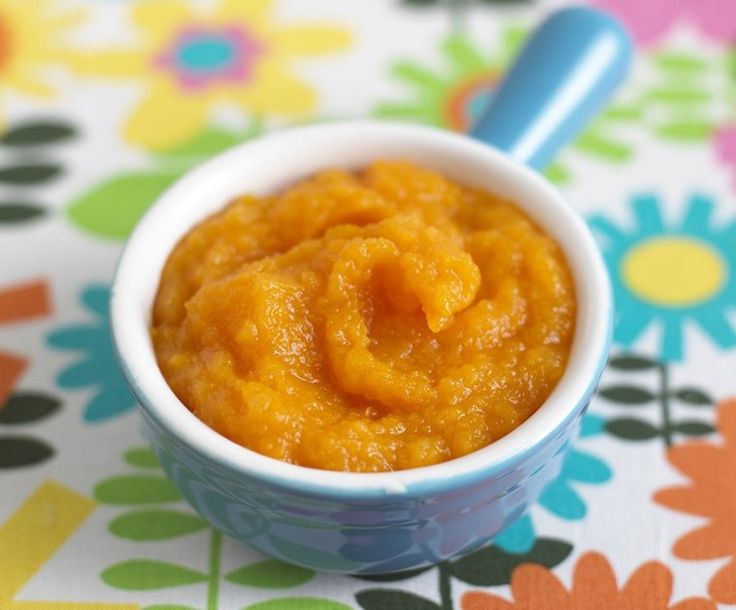 I’ve been using silicone ice cube trays and these 4 oz glass storage containers. The ice cube trays are great for younger babies who aren’t eating as much volume because you can defrost one cube at a time. While the 4 oz jars are great for older babies who are eating more than 1 oz at a time.
I’ve been using silicone ice cube trays and these 4 oz glass storage containers. The ice cube trays are great for younger babies who aren’t eating as much volume because you can defrost one cube at a time. While the 4 oz jars are great for older babies who are eating more than 1 oz at a time.
We had the ice cube trays on hand, and I just recently bought the WeeSprout glass storage containers that are specifically for baby food. I like that they have measurements on the side of the jars and that they’re glass instead of plastic (no worry about BPA). They are also freezer, dish-washer and microwave-safe. Plus they come with colorful lids that you can write on with a dry eraser marker to note the item and date.
When using the ice cube trays, I like to let the food freeze overnight (or until solid) and then transfer the cubes to a freezer bag so I can free up the ice cube tray for more food prep. I used plastic freezer bags for these photos but have since purchased reusable Stasher bags to use.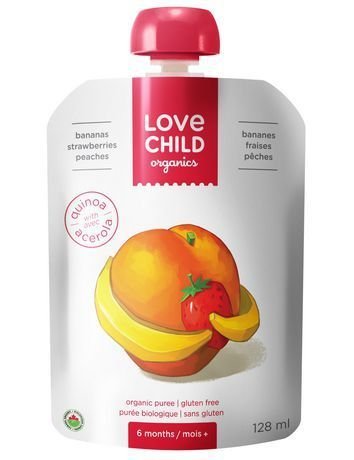 They’re freezer safe and non-toxic and a healthier option for the environment.
They’re freezer safe and non-toxic and a healthier option for the environment.
The baby food combos will keep in the fridge for 2-3 days and in the freezer for up to 3 months.
Can You Freeze Baby Food Made with Frozen Fruit or Veggies?
Yes, you can freeze baby food that has been made with frozen fruit or veggies as long as you have cooked the frozen foods first. You shouldn’t let frozen foods thaw (without cooking), puree and re-freeze.
Can You Freeze Baby Food Made with Breast Milk or Formula?
Freezing baby food that has been mixed with fresh breast milk is totally fine, however you should not freeze baby food that has been mixed with previously frozen breast milk. Frozen and thawed breast milk should never be re-frozen.
Most formula companies don’t recommend freezing formula, but from what I’ve read it’s okay to freeze homemade baby food that has been mixed with formula to thin.
Another option is to freeze the baby food purees without adding any liquid.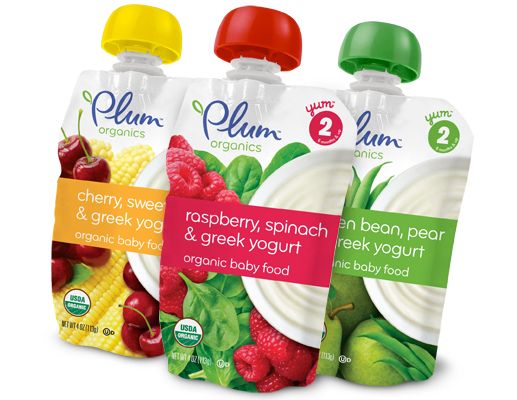 With this method you can thaw the baby food puree in the fridge overnight and then thin the food to the desired texture with breast milk or formula right before serving.
With this method you can thaw the baby food puree in the fridge overnight and then thin the food to the desired texture with breast milk or formula right before serving.
This post all about freezing baby food has a ton of great insight and tips.
Don’t Forget to Label
I highly recommend labeling any baby food you make before storing it! It’s amazing how quickly you forget what day you prepped the food once it goes into the fridge or freezer. #mombrain
How to Reheat or Thaw Frozen Baby Food
To thaw frozen baby food, I recommend taking the jar out of the freezer the night before you want to use it so it can defrost in the fridge overnight. If you need to use it right away, you can thaw it using a water bath. Some people will recommend microwaving the frozen puree using the defrost setting, but I prefer these two methods:
- Defrost in the refrigerator: Place frozen puree cubes into a jar or baby’s serving dish, cover, and place in the refrigerator overnight.
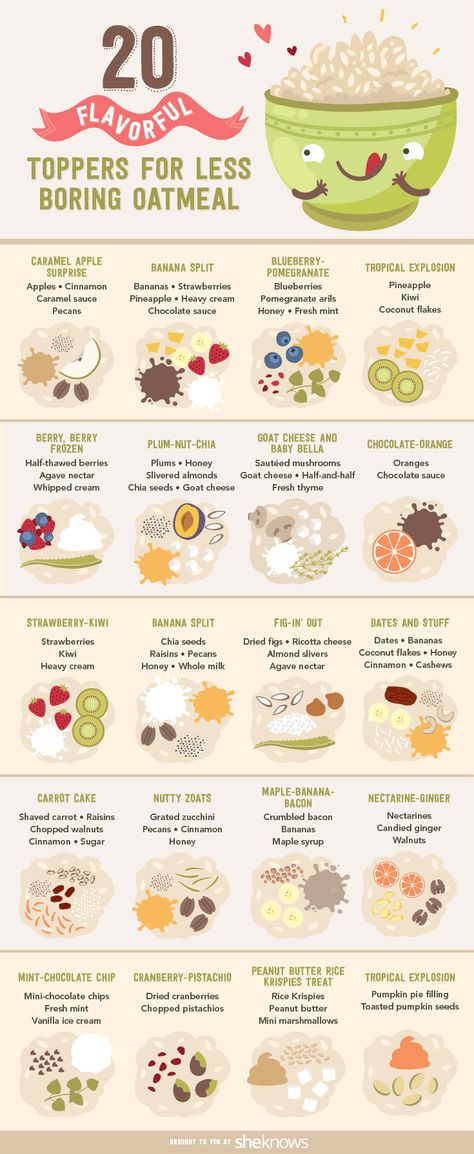 If you stored the puree in a jar or storage container, simply place the jar the fridge.
If you stored the puree in a jar or storage container, simply place the jar the fridge. - Water bath: Place frozen pureed cubes in a small container and set in another larger container with warm water. Replace the water as needed. Once defrosted, portion the food into individual bowls, cover, and refrigerate until serving.
Be sure to use any of the defrosted food within 48 hours of being defrosted and do not re-freeze.
More Recipes for Babies and Toddlers
- 10 Baby Food Purees (Stage 1)
- Baby Pancakes
- How to Make Oatmeal For Babies
- Carrot Baby Food
- Peach Baby Food
- Baby (+ Toddler) French Toast
- Applesauce
- Baby Yogurt Melts
- Butternut Squash Puree
- Sweet Potato Puree
6 Baby Food Combinations
4 from 92 votes
6 easy and tasty baby food combo recipes: Sweet Potato Apple, Asparagus Apple, Blueberry Banana Quinoa Flax, Peach Pear, Avocado Peach Pineapple Kale and Pineapple Mango.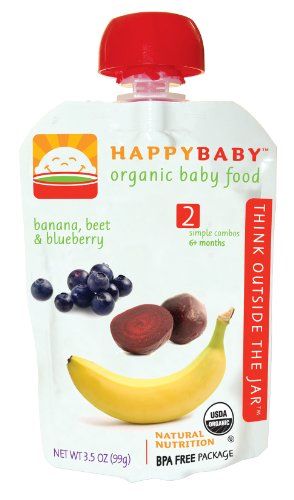
Print Recipe Pin Recipe
Prep Time 10 minutes
Cook Time 20 minutes
Total Time 30 minutes
Servings 6
Peach Pear
- 3 steamed and peeled peaches
- 2 steamed and peeled pears
- water, breast milk or formula to thin (I didn’t need extra liquid for this one)
Asparagus Apple
- 1 bunch of steamed asparagus
- 1 steamed and peeled apple
- water, breast milk or formula to thin
Sweet Potato Apple Cinnamon
- 1 steamed and peeled sweet potato
- 1 steamed and peeled apple
- pinch of cinnamon
- water, breast milk or formula to thin
Avocado Peach Pineapple Kale
- 1 avocado
- 1 steamed and peeled peach
- 1/2 cup steamed pineapple
- 1/2 cup of steamed kale
- water, breast milk or formula to thin (I didn’t need extra liquid for this one)
Pineapple Mango
- 1 cup steamed pineapple
- 1 cup steamed mango
- water, breast milk or formula to thin (I didn’t need extra liquid for this one)
Blueberry Banana Quinoa Flax
- 1 pint steamed blueberries
- 1/2 cup cooked quinoa
- 1 ripe banana
- 2 Tablespoons of ground flaxseed
- water, breast milk or formula to thin (I didn’t need extra liquid for this one)
Pick which combo you want to make, steam the fruits and veggies (using the steam times listed in my chart above).

Add all ingredients for the combo you’re making into a high powered blender or a food processor. Blend until you reach the consistency you desire. You can make the purees smooth and more liquidy for young babies or thicker and chunkier for older babies.
Serving: 1/6 of peach pear recipe Calories: 63kcal Carbohydrates: 16g Protein: 1g Sodium: 1mg Potassium: 211mg Fiber: 3g Sugar: 12g
DID YOU MAKE THIS RECIPE?
Please leave a comment and star rating on this post and share on social media using the hashtag #eatingbirdfood. I love seeing your recipe shares!Taste and food choice: a return to children's perceptions - Page 2 - Sektascience: popular science magazine
Children's menu and tastes two main conclusions.
Firstly, in the diet of children there are practically no such difficult to understand tastes as bitter or sour, as well as their combinations. Children usually do not like foods that have complex, incomprehensible composition and unfamiliar texture.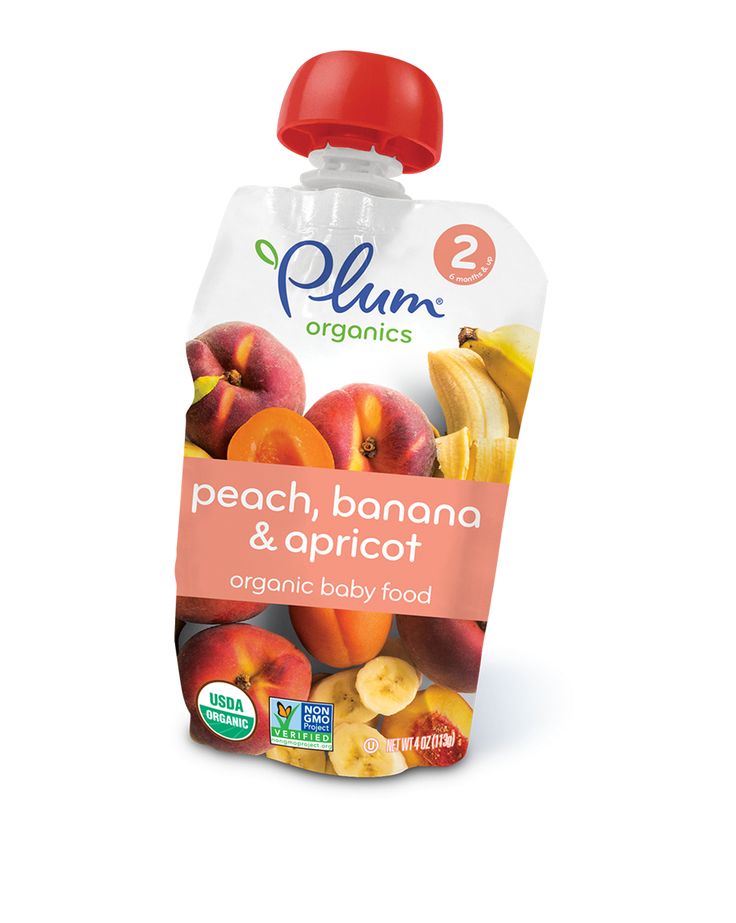
Secondly, manufacturers of children's food are well aware of the above-mentioned characteristics of the child's perception of tastes and prefer to produce the so-called win-win product with a high sugar concentration, stimulating the child to appreciate it.
The children's cafe menu usually includes fruits, ice cream, juices, nectars, fruit drinks, cocktails, yoghurts, cocoa and tea.
A cafe is always a holiday for a child, he does not go there to overeat, he goes for emotions, for the opportunity to try something new with a familiar sweet taste. Often children just try a piece of everything: they are guided by the search, interest, and not the need to satisfy their hunger.
| Children know how to stop when they don't like food or when they're full. |
What constitutes a child's diet at home can be judged by market trends. The most significant segments of the baby food market in terms of volume are purees (46%), dairy products (21%), as well as juices and cereals (15% and 14% respectively). In addition, other baby food products are presented on the Russian market: muesli, cereals, cream, curds. An important place in the nutrition of children is occupied by fruit-based products: purees and juices.
In addition, other baby food products are presented on the Russian market: muesli, cereals, cream, curds. An important place in the nutrition of children is occupied by fruit-based products: purees and juices.
Most of these foods are highly satiating (whole grain muesli, cereal), an important source of macronutrients (dairy products, cereals) and provide the child with all the important vitamins and minerals (fruits and vegetables).
Of course, all children love sweets. The sweet taste is very calm for perception, it does not cause irritation of the mucous membrane of the tongue, sweet foods do not have a repulsive odor. However, every child knows that, in addition to chocolate and sweets, fruits also have a sweet taste. Children cannot regulate their consumption of industrial sugar, but with fruits, everything is different: our body is designed not to sort out sugar from them: teeth quickly begin to hurt due to the presence of acids in fruits.
Parents, in turn, understand that sweets are easy to overeat, so they should be given in limited quantities. They know that if a child eats both healthy food and sweets in moderation, then everything will be fine.
They know that if a child eats both healthy food and sweets in moderation, then everything will be fine.
| It's the same now: smart shopping will help you limit sugar consumption in the family without any pain. |
Of course, our choice in childhood was also based on many external factors: the traditions of each cuisine, the variety of products, the environment, the availability of products. But even with this in mind, children always clearly know their priority.
Remember how we fought for our tastes, for not eating enough or to refuse unpleasant milk foam. We could easily distinguish subtle tastes incomprehensible to adults. Each product had its own flavor, whether it was different types or ways of cooking meat, fish, or different shapes of pasta.
It is important to note that no matter what menu or combination of tastes we followed in childhood, we perfectly mastered several mechanisms: always stop if you are full, do not eat if there is no hunger, perceive food not as a fundamental part of life, but as its supplement, be demanding of food and its properties, avoid complex, incomprehensible products and textures.
Food texture
Speaking of taste perception in childhood, one cannot help but think of food textures. Indeed, children choose texture much more finicky than adults. Remember semolina, jelly, slimy pickled vegetables. It was really important for us to get a clear, familiar product with its characteristic texture and shape, and it was desirable that the ingredients could be disassembled. As children, we did not understand the advantage of pickled vegetables over fresh ones, we refused overcooked slimy porridge or jelly.
Try to make associations with your childhood and you will see that everyone has their own examples of such subtle selectivity in nutrition. Of course, in our diet there were also foods with such textures that were more difficult to stop with, for example, crispy snacks, cookies, waffles. The fact is that the crunch in such products has rather an entertaining function, which is confusing.
| What influences the cardinal change in our eating habits with age? |
According to research, when children develop their taste preferences, the last thing they become addicted to complex tastes and combinations (pizza, sandwiches, casseroles), as well as bitters.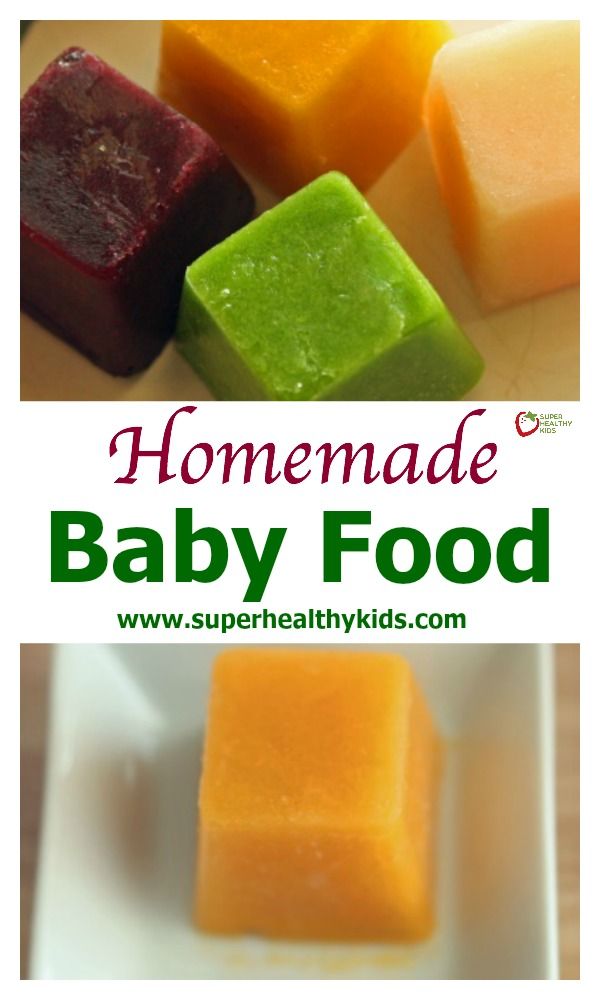 |
The moment when a child first tastes the food that causes discomfort (both in taste and in further digestion) is similar to the first cigarettes. It seems that if everyone smokes, then this discomfort is the norm, and you should not pay attention to it.
Society teaches that overeating is normal. After overeating, you need to take a pill and lie down to lie down. Teaches that salty and sweet food should be washed down so as not to feel the cloying taste. Teaches that eating up is more important than listening to your body's signals. Gradually we move away from the model of the demanding child.
| With age, the taste sensitivity associated with the genetic model of choosing the products necessary for the body decreases. |
Age-acquired preferences for coffee, beer, alcohol, and hot peppers usually provide evidence for the theory that age influences eating habits.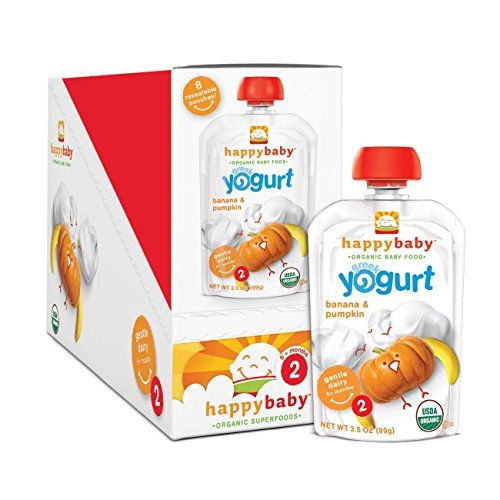
| Previously neutral or even unpleasant tastes may become preferable, provided they are associated with an appropriate reward mechanism. |
Both taste preferences and food choices are formed in a person depending on his previous experience and associations between foods and their effects on the body. Preferences for foods such as coffee, alcohol, hot spices are usually the result of an unpleasant taste associated with the desired consequences of eating these products.
If you draw analogies between yourself and yourself as a child, you will see that you yourself once mastered the skills of proper nutrition to perfection. When you once again ask yourself the question, what choice should I make and what to base it on, you will have an answer - a kind of model, understandable and simple. Even today, contrary to social norms and imposed ideas, you can treat food differently than then, in childhood. You can gradually bring up in yourself this demanding child, for whom proper eating behavior is a simple and understandable component of his busy life.
You can gradually bring up in yourself this demanding child, for whom proper eating behavior is a simple and understandable component of his busy life.
| Be careful what you eat, listen to the needs of your body, respect your feeling of hunger, and everything will definitely work out. |
You already have this skill, you just need to remember it by taking the time to observe. It is important to understand that your eating behavior is reversible: you are already taking the time to find harmony with your body and take care of yourself.
Authors: Elena Dedyaeva, MSc
Olga Markes, founder of #sekta
Literature:
1. Research Institute of Nutrition of the Russian Academy of Medical Sciences. Under the editorship of Prof., Doctor of Medical Sciences A.K. Baturin. Ministry of Health and Social Development of the Russian Federation, 2009
2.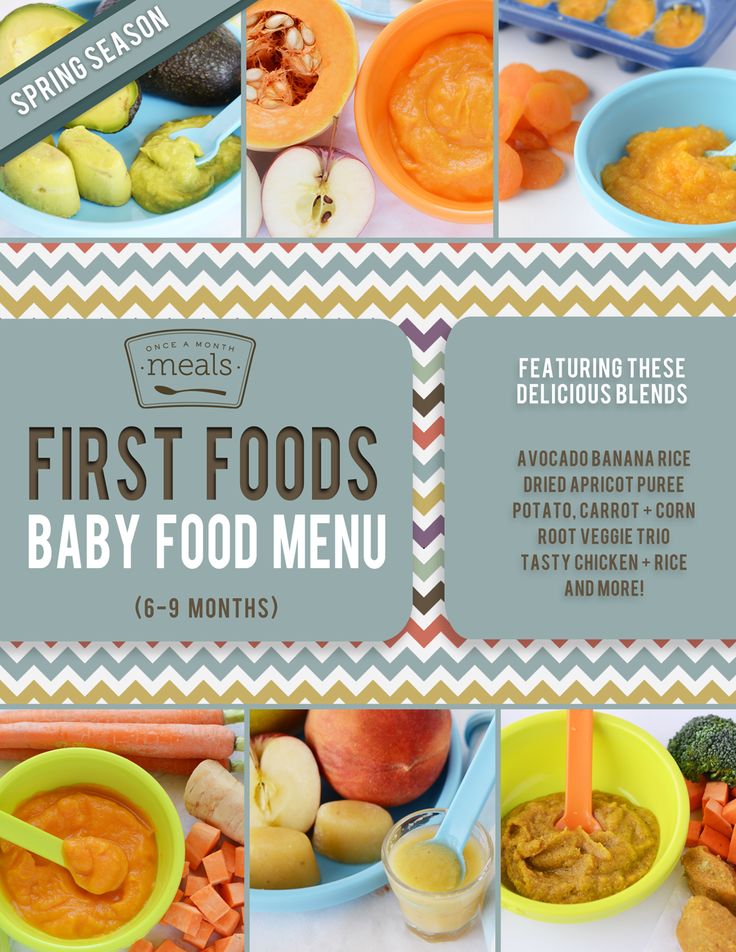 N. Bathe, K. Cobb, D. Dwyer, L. Graney, W. Hayrd, K. Richard. Nutrition recommendations for infants and young children (Start Healthy program - Grow up healthy from the first days). Questions of modern pediatrics. T. 6. No. 1. 2007
N. Bathe, K. Cobb, D. Dwyer, L. Graney, W. Hayrd, K. Richard. Nutrition recommendations for infants and young children (Start Healthy program - Grow up healthy from the first days). Questions of modern pediatrics. T. 6. No. 1. 2007
3. A. Drewnowski. Taste preferences and food intake. Annu. Rev. Nutr. 17:237-53. 1997
4. B. R. Carruth, P. J. Ziegler, A. Gordon, S. I. Barr. Prevalence of picky eaters among infants and toddlers and their caregivers’ decisions about offering a new food. Journal of the American Dietetic Association. January 2004. Suppl. 1. Volume 104. Number 1
5. J.D. Skinner, B. R. Carruth, W. Bounds, P. J. Ziegler. Children's food preferences: A longitudinal analysis. Journal of the American Dietetic Association. November 2002. Volume 102. Number 11
6. J.D. Skinner, B. R. Carruth, W. Bounds, P. J. Ziegler, K. Reidy. Do food-related experiences in the first 2 years of life predict dietary variety in school-aged children? Journal of Nutrition Education and Behavior Volume 34 Number 6. November – December 2002
November – December 2002
7. N.A. Baturina, M.S. Polyakov. Russian baby food market.
8. O.V.Filiptsova. Gender and age characteristics of food preferences and their relationship with personal and cognitive properties. “Bulletin of Kharkiv National University named after V.N. Karazin. Series: Biology”, 2006
9. N.A. Tsybulya and others. Marketing research of the catering market in Krasnodar with the aim of opening a children's cafe. 2007 170-173
Pages: 1 2
"Gamma of Taste": tasters developed formulas for the best combination of flavors
13.03.2012
Company news
GAMMA TASTE LLC
Baby food tasters have developed formulas for the best combination of flavors.
Anna TOLKACH, Republic.
They say that there is no comrade for the taste and color. But what about those whose daily work is to create a product that should please, if not everyone, then very many, and become, in fact, mass? Most often people talk about tasters of alcohol and sweets, but who tastes more specific products? We decided to visit the company that produces baby food and talk with the experts who are involved in creating original flavor combinations.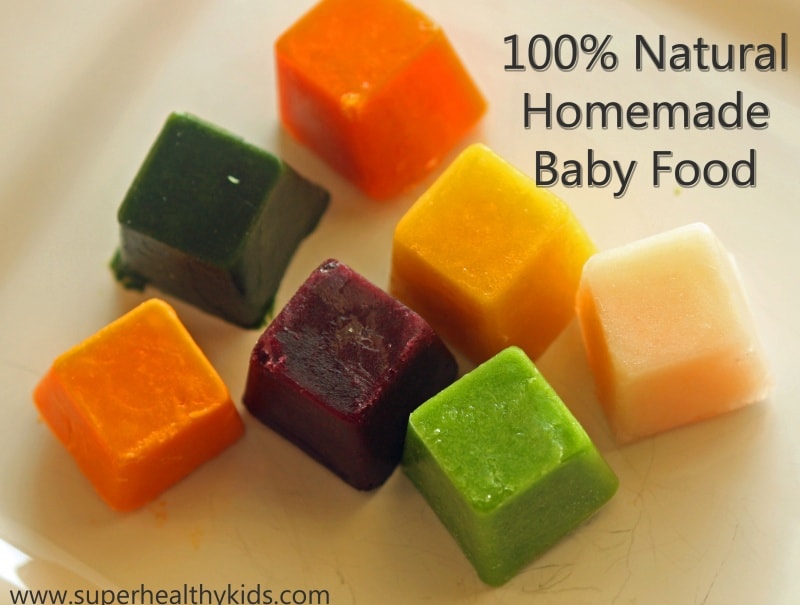
I'm going to Kletsk to the well-known Belarusian enterprise "Gamma Vkusa", specializing in baby food. The tasting room looks like an ordinary office, but it turns out that there are many requirements for the room: it must be light, without foreign smells, including floral ones. There is nothing unusual in the atmosphere: an oval table, chairs, light walls, a rack with product samples. This is where the tasters make their verdict.
In front of me is a saucer of baby puree. The names of new products are usually not disclosed, they are presented under numbers.
— There are more than one taster at the enterprise, there is no such separate position, but there is a whole tasting commission, which includes the main specialists of the enterprise, heads of production sites, technologists, marketers, laboratory staff. The commission meets on special occasions: when a new product appears and on quality days,” says Irina Krivko, manager for production planning and product quality at Gamma Vkusa OJSC.
But this does not mean that on other days no one in the company tries the product. Fresh fruits and vegetables are tested first. Apples, for example, should not be sour. Later, line operators and shift technologists taste the puree during the cooking process and then the finished product is already at the exit.
My opinion about the appearance, color, smell, consistency, taste of each sample with a verbal description given in the technical regulatory legal act - the state standard - for the product, I must reflect in the tasting list and evaluate them on a ten-point scale, and then draw a general conclusion. In one sitting, you can try no more than 20 product items, because then, according to the observations of experts, it is already more difficult to be objective.
Trying broccoli puree. It has a very specific taste and smell. The dish cannot be called a special delicacy, but for children the main thing is the benefit. How to evaluate such a product? It turns out that when this puree was released, the assessment of taste was not the main one. Otherwise, it simply would not go on sale.
Otherwise, it simply would not go on sale.
- Many parents complain about this puree, leave angry messages on the forums, and the children ... love it. The nutritional requirements are different: the main thing is the vitamin composition and naturalness, - explains Irina Viktorovna. - Parents complained no less about zucchini puree, they say, watery and tasteless. However, it contains only 4-6 percent dry matter. You can, of course, make it thicker, but you need to use artificial additives, such a product can no longer be called natural.
With canned vegetables and meat for children, things are not so simple either. They are produced without salt and sugar. For adults, they seem tasteless - you want to add salt.
— The taste of a child has its own characteristics — he perceives each new product differently than an adult. What may seem tasteless, unsalted to the mother, may seem very salty to the baby. This must be understood and taken into account, - the expert notes.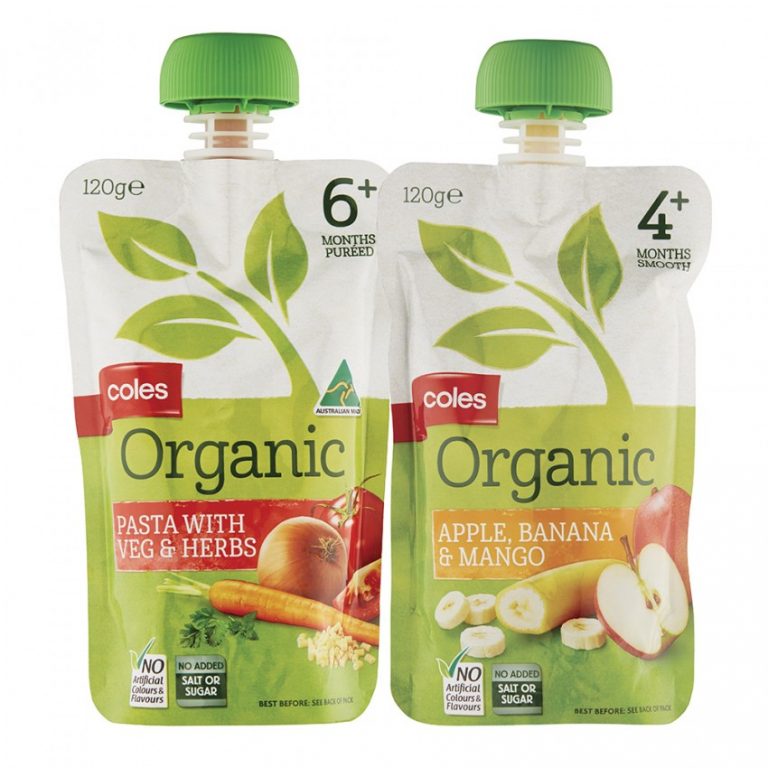
The creators of new flavor combinations adhere to the well-known truth: the best way for the body to accept products is from the area where a person lives. Therefore, our apples, carrots, zucchini, pumpkin, berries are taken as the basis of Belarusian baby food.
The product, in a sense, is born long before the process of its preparation. The color and taste of the same juice is influenced by where and how the vegetable or fruit was grown. For example, an enterprise buys carrots grown according to Dutch technology from farmers. It has a pleasant color and a sweet taste. For children, the minimum amount of supplements is important, so the field given over to growing vegetables for baby food is not fertilized. The enterprise is also going to expand its apple orchard to 200 hectares.
Tasters know special, win-win flavor combinations that diverge with a bang. For example, carrots with buckwheat, pumpkin with semolina. Blackcurrant alone in puree or juice will be sour, it needs to be sweetened with an apple. Even better, such food will disperse in combination with yogurt or cream. But these "formulas of success" were created by trial and error. There were also unsuccessful combinations of flavors, they were simply removed from production.
Even better, such food will disperse in combination with yogurt or cream. But these "formulas of success" were created by trial and error. There were also unsuccessful combinations of flavors, they were simply removed from production.
— Sometimes consumers themselves suggest in which direction to work. Therefore, we hold tasting days in stores, where anyone can try baby food and juices and give their opinion. There are also requests. We were asked to include bananas and peaches in the recipe, of course we listened. This is how new flavor combinations appeared: banana and apple, peach and apple,” recalls Irina Krivko.
When a new taste is born, this original combination is tested several times. First, experts taste the raw materials, then they try the product during the preparation process, the finished products are checked for safety in the laboratory, then it is the turn of the tasting commission of the enterprise. And only after that the product will hit the store shelves.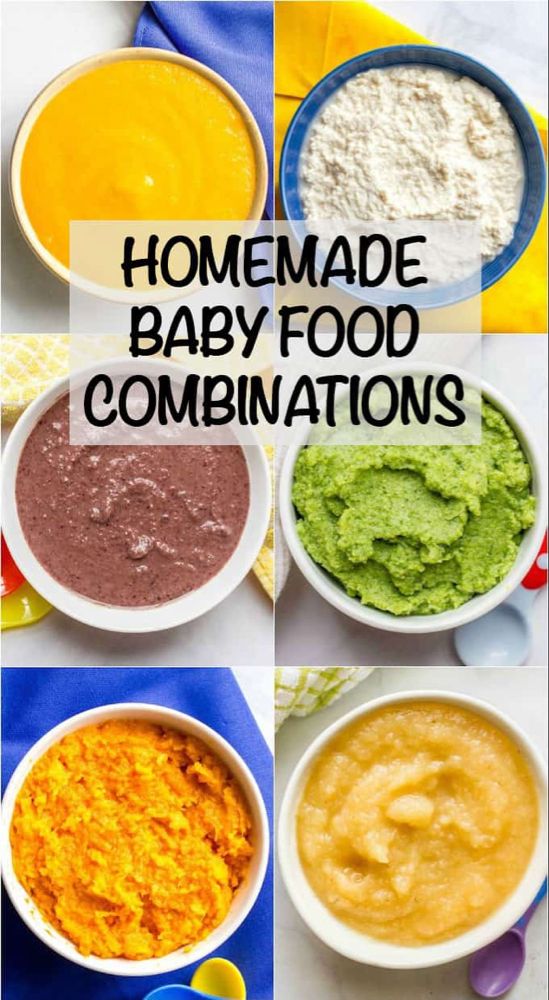 In some cases, the conclusion of the Central Tasting Commission at the National Academy of Sciences of Belarus is required. But the main word is for the buyer.
In some cases, the conclusion of the Central Tasting Commission at the National Academy of Sciences of Belarus is required. But the main word is for the buyer.
By the way
The Central Tasting Commissions for Food Products under the National Academy of Sciences of Belarus evaluate a new product that is mass-produced, for import, for fairs, etc. The commissions were created by groups: confectionery, canning, meat and dairy, bakery, alcohol and others.
It's interesting
Chocolate tasters are able to tell about the origin of cocoa beans, their variety and quality by the appearance, smell and sound of cracking a bar. For example, high quality bittersweet chocolate may be dark brown but never black.
Wine tasters do not use strong-smelling perfumes and cosmetics. The air in the room should not be dry, but somewhat humid (75-85%), which contributes to a better perception of odors. As dishes, a classic tulip-shaped glass wine glass with a long stem is used, the walls of the glass should be slightly narrowed at the neck.